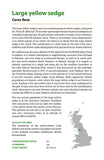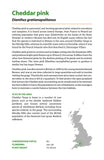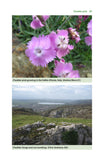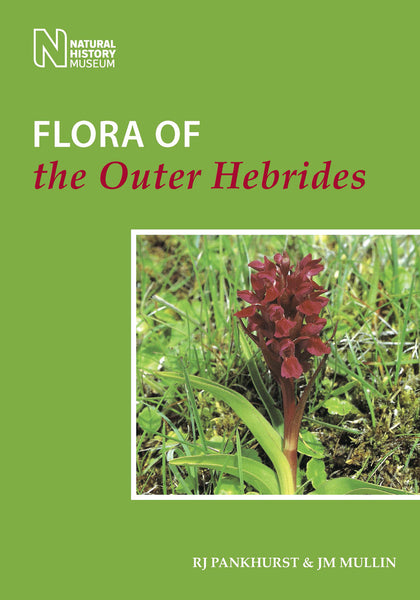
A Guide to Britain’s Rarest Plants
- Unique focus on the rarest plants in Britain
- Information on the rarity, history and habitat of each rare species
- Colour photographs of each species and its habitat
- botany
- conservation
- field guide
- flora
- identification
- plant taxonomy
- plants
- wild flowers
Description
For centuries, botanists have been drawn to the rarest species, sometimes with dire consequences for the species’ survival. In this book, Great Britain’s rarest flowering plants are discussed in turn, including the stories behind their discovery, the reasons for their rarity, and the work being done to save them from dying out. It is hoped that it will help to throw light on some of the species that normally gain little attention, and foster an appreciation of our most threatened plants.
This guide describes 66 native species of plants that have the most narrowly restricted ranges in Great Britain. These range from continental, warmth-loving species in the south of England to those found only on the highest Scottish mountains. Each species is shown together with its habitat to allow the reader to better understand the ecological context. Other scarce plants in the same area are indicated.
Readership
Amateur and professional botanists and naturalists.Table of Contents
Introduction
66 Species Accounts
Critical Groups
Index
About the Author
Christopher J. Dixon has a Ph.D. in botany from the University of Vienna. Having written a comprehensive interactive key to the flora of the British Isles, Chris has studied every species found in the wild, from the most abundant weeds to little-known rarities. Drawing on his years of field experience across Europe and his talent for nature photography, Chris has travelled the length and breadth of the country to visit and record rare plants in their natural habitats.Bibliographic Information
 157 pages
157 pages - 139 colour illustrations, 66 maps, 1 table
- BISAC SCI011000, SCI020000, SCI087000, NAT013000
- BIC PST, PSAF, PSAB, WNP


















